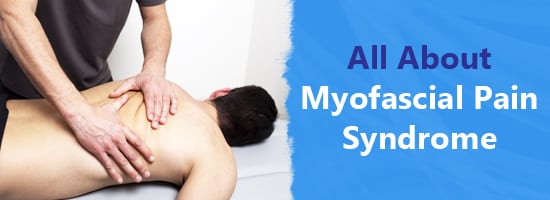
Myofascial pain syndrome is a chronic pain disorder. It is characterized by pressure on trigger points (the sensitive points in your muscles) that cause referred pain in other parts of the body.
What causes myofascial pain syndrome?
Myofascial pain syndrome usually occurs after a muscle has been repeatedly contracted through repetitive motions. Muscle pain is common, but you are at an increased risk for myofascial pain syndrome if you have a lot of stress and anxiety or if you experience a muscle injury. These things can make you more likely to develop trigger points.
What are the symptoms of myofascial pain syndrome?
The most common symptoms of myofascial pain syndrome include persistent or worsening pain, deep and aching muscle pain, difficulty sleeping due to pain, and a tender knot located in the muscle.
How is myofascial pain syndrome treated?
Since muscle pain is not uncommon, you might try some self-care measures at home first, like rest. However, you should see your doctor if the pain persists.
Myofascial pain syndrome is similar to other disorders in many ways, so it can be difficult to diagnose. Your doctor might apply pressure to painful areas to feel for tense spots for a diagnosis.
Treatments include physical therapy, pain medications, stretching, massage, and relaxation techniques. Antidepressants might also be prescribed to relieve pain, and heat therapy can be used to reduce tension. Trigger point injections can also be used to break up muscle tension.
Be sure to find relaxation techniques you can turn to at home, and to continue to exercise gently. Since myofascial pain syndrome is a chronic pain disorder that can be difficult to deal with, you might also benefit from talking to a counselor that can help you cope with dealing with a chronic pain disorder.

